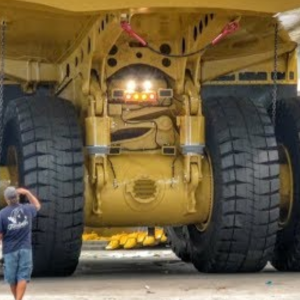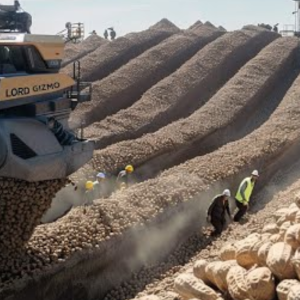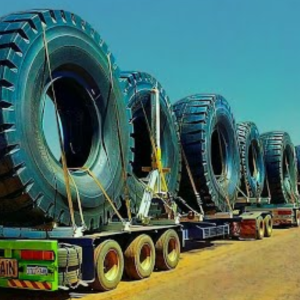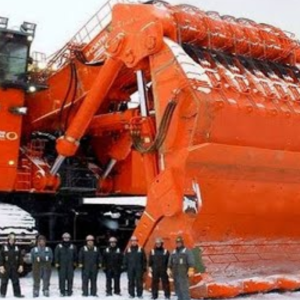 Presenting one of the largest gasoline engines ever produced by General Motors: the 702 cubic-inch Twin Six used in GMC trucks of the 1960s. Here’s more on this fascinating dinosaur.
Presenting one of the largest gasoline engines ever produced by General Motors: the 702 cubic-inch Twin Six used in GMC trucks of the 1960s. Here’s more on this fascinating dinosaur.
Not a common sight even in the GMC trucks it was intended for, the General Motors Twin Six of 1960 through 1966 was largely forgotten by gearheads until just a few years ago, when it suddenly captured the imaginations of extreme custom car builders, most notably Randy Grubb of Blastolene Special fame. The fabulous Blastolene B702 proudly sports a GMC V12, and why not? After all, bigger is usually better in the hot rod world, and there’s no replacement for displacement.
Now, when we think of V12 powerplants for highway use, we usually recall the 12-cylinder luxury cars of the classic era, such as Cadillac, Packard, and Lincoln, or exotic sports cars like Ferrari or Lamborghini. But in fact, there’s a solid historical precedent for V12 engines in large trucks. Seagrave and American LaFrance, to name two, offered V12 gas engines in fire trucks for decades. GMC’s V12 came along toward the end of the gasoline truck era, when diesels were quickly taking over the industry but there was still a demand for large-displacement gasoline engines. Here’s a look inside GMC’s Twin Six.

Introduced in 1960, the Twin Six was based on GMC’s 60-degree V6 engine series, also unveiled that year. Offered in 305, 351, 401, and 478 cubic-inch versions, the heavy-duty V6 was used across the GMC truck line in specific applications through 1974. The 702 CID Twin Six version was essentially two 351 CID V6 engines on a single cylinder-block casting (see above). The one-piece crankshaft forging weighed nearly 200 lbs., while the cylinder heads, intake and exhaust manifolds, and so on, were taken from the 351 V6. There were 54 shared components in all, reportedly.
While the GMC V6 family also included a diesel variant, the not terribly successful ToroFlow series, there was no diesel version of the Twin Six, only a gasoline model.

This view of the right side of the engine clearly shows the paired cylinder heads, manifolds, and carburetors as borrowed from the 351 V6. The ignition (not visible) employed a pair of distributors on a common drive. Note the belt-driven air compressor and the triple-belt drive for the DC generator and mammoth water pump, rated at nearly 120 gallons per minute. Cooling fan diameter was 25 inches.
Compression ratio was 7.5:1. Bore and stroke were 4.56 inches by 3.58 inches, respectively, yielding a displacement of 702.4 cubic inches. The gross brake horsepower rating was 275 horsepower at a lazy 2400 rpm. And here’s the number we were all waiting for: 630 lb-ft of torque at 1600 to 1900 rpm.

This left-side view shows an alternate accessory drive configuration with a crank-driven fan and twin-belt water pump drive. A block-mounted oil filter housing allows easy access, while oil sump capacity was a generous four gallons (16 quarts). The Twin Six was offered in 7000 and 9000 series chassis in a number of straight truck and cabover configurations, which explains the variations in exterior engine dress. Ready to run, the Twin Six weighed in at 1485 lbs.
In 1967 the big V12 was replaced by a V8 gas engine of 637 CID that offered more reasonable cost and packaging. While the GMC Twin Six was successfully used in thousands of big trucks in the 1960s, the engine was also a popular choice for irrigation pumps, especially in the American southwest. There, the V12 was prized for its ability to run 15,000 hours or more with only minor maintenance. We have it on good information that a few are still out there running today.





